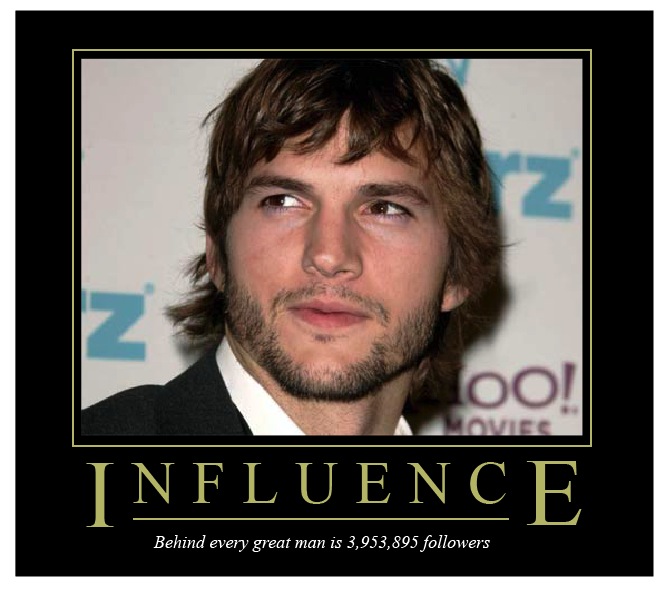If you’re a marketer in a medium-to large-sized B2B company, you’re almost certainly using customer relationship management (CRM) software to track your customers and prospects. And if you’re a CRM user, you’re almost certainly hearing about Social CRM, the hottest new craze in that 20-year-old field. I encourage you to restrain your enthusiasm.
 CRM is a well-established discipline that presumes that the more information we can capture about a customer’s interactions with our company, the better we can deliver products and services that the person wants to buy. It seems only natural that online social interactions should be part of this profile. Vendors of CRM services, who are always looking for differentiation points in that crowded market, have lately been talking up this social dimension as a kind of CRM 2.0.
CRM is a well-established discipline that presumes that the more information we can capture about a customer’s interactions with our company, the better we can deliver products and services that the person wants to buy. It seems only natural that online social interactions should be part of this profile. Vendors of CRM services, who are always looking for differentiation points in that crowded market, have lately been talking up this social dimension as a kind of CRM 2.0.
The problem is that most of their customers are still struggling to get CRM 1.0 right. CRM is hard to do well because A) everyone who interacts with the customer must be committed to documenting every touch point; and B) the company must have the analytical chops to know what to do with the data it collects. Strategy changes, turnover, layoffs and the like make the first step difficult enough, and we all know how analytically challenged sales managers can be.
Social CRM introduces potentially enormous new complexity to the process. Social maps – or diagrams of relationships across social platforms – sound good in theory, but are nearly impossible to create on a broad scale. What’s more, I question how much social interactions have to do with decision-making in many cases.
For example, I have 725 friends on Facebook, nearly 1,000 connections on LinkedIn, and almost 7,500 Twitter followers. I know most of these people little or not at all, a result of my admittedly promiscuous approach to accepting friend requests. Trying to map these relationships in any meaningful way would be nearly impossible. What’s more, it would be pointless. The fact that I’m connected to people has little to do with their influence over my decisions. Like most people, I keep my network of truly trusted advisers small and communicate with them largely outside of the public eye. There is no way that social profiling would reveal which relationships really matter.
I also often seek advice from people who aren’t part of my social network. For example, when I consult TripAdvisor to make a hotel reservation or Google Maps to find a restaurant, I put faith in the advice of total strangers. No social map is going to unearth these relationships. When my iPod went on the fritz this week, I became briefly involved in communities that provide diagnosis and repair advice, but it’s unlikely I’ll ever visit those places again. In fact, I routinely seek the advice of experts outside of my social circle when I have important decisions to make.
Even if you were able to identify the relationships that matter, I’m not sure customers are entirely comfortable with that idea. A few years ago, the marketing industry became enamored with the concept of “one-to-one marketing,” which was about building customer profiles that were so detailed that marketers could literally respond to individual needs.
I don’t know about you, but I find that whole idea a little unsettling. If someone were to cold-call me to follow up on a stray comment I made on Twitter, I would be as likely to hang up as to ask for a proposal. Many of us now live in public to a degree that was unimaginable a few years ago, but that doesn’t mean that we want our activities to be used as a basis for commerce. Google CEO Eric Schmidt has said that this “creepiness factor” is an important reason why Google doesn’t do more with the behavioral data it collects.
I do believe that some of the core concepts of social CRM are valid. For example, an automotive dealer should be able to generate sales by tracking public comments from nearby consumers who are looking to buy a car. A contact within a person’s social circle may be valuable in reaching that person (that’s just good prospecting). A customer’s Twitter handle and tweet stream should also be monitored to look for opportunities or signs of dissatisfaction.
It’s incumbent on all companies these days to track comments from customers that might indicate an opportunity or a problem. Conversation monitoring is good business practice. But it’s not 2.0 anything.
